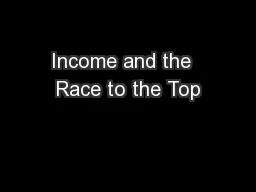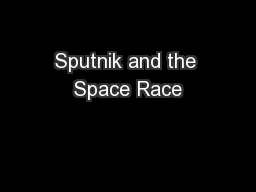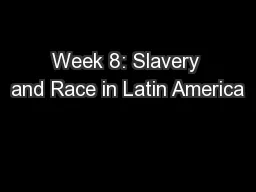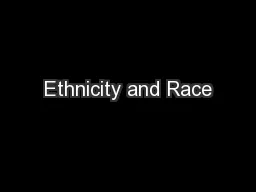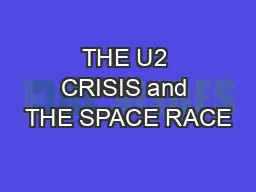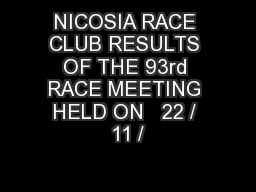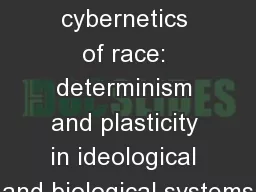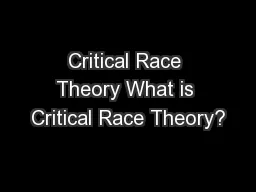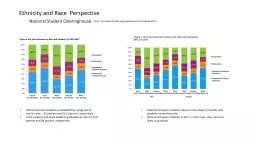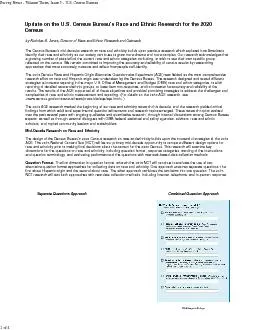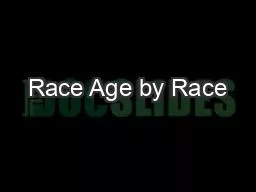PPT-Income and the Race to the Top
Author : lois-ondreau | Published Date : 2018-10-31
Bruce Yandle Maya Vijayaraghavan Madhusudan Bhattarai 2 Matt Ridley In March 2001 Matt Ridley delivered an address he titled Technology and the Environment The
Presentation Embed Code
Download Presentation
Download Presentation The PPT/PDF document "Income and the Race to the Top" is the property of its rightful owner. Permission is granted to download and print the materials on this website for personal, non-commercial use only, and to display it on your personal computer provided you do not modify the materials and that you retain all copyright notices contained in the materials. By downloading content from our website, you accept the terms of this agreement.
Income and the Race to the Top: Transcript
Download Rules Of Document
"Income and the Race to the Top"The content belongs to its owner. You may download and print it for personal use, without modification, and keep all copyright notices. By downloading, you agree to these terms.
Related Documents

